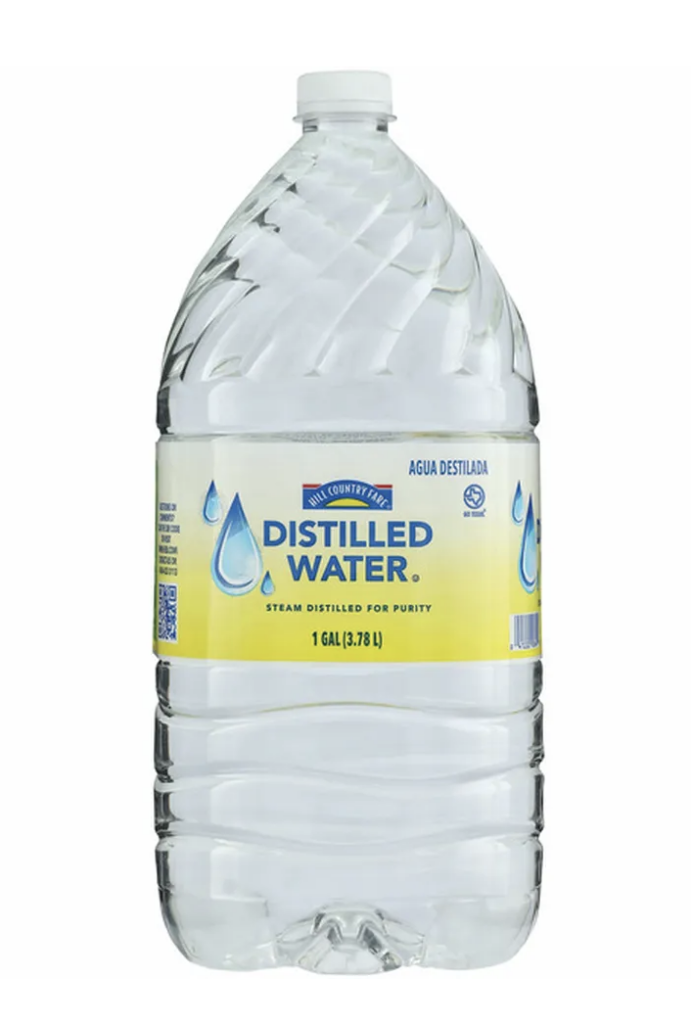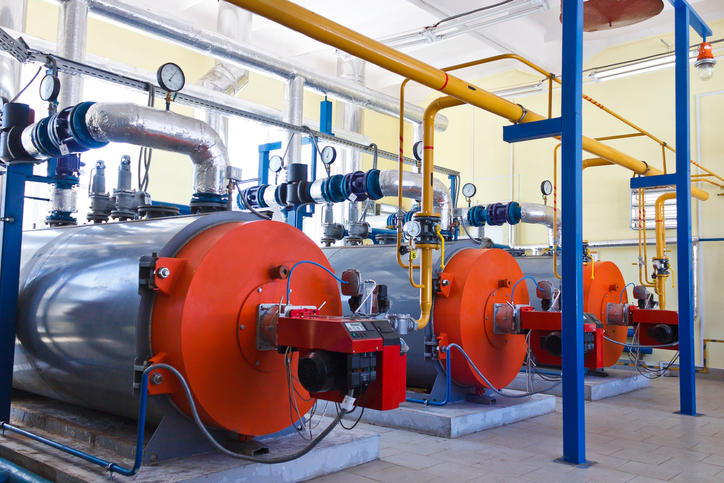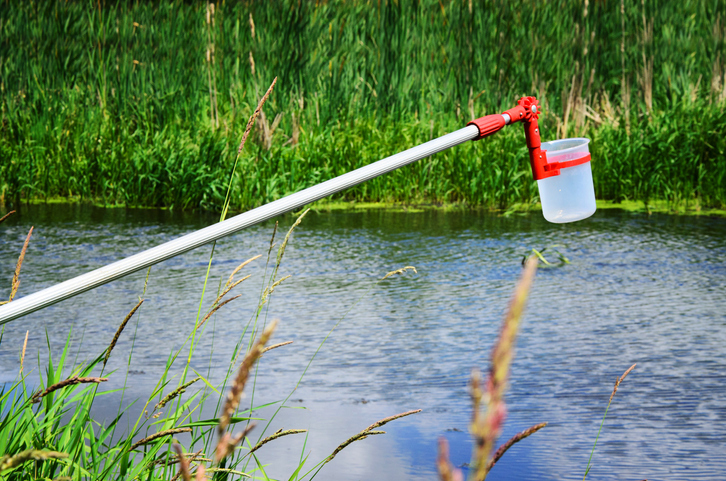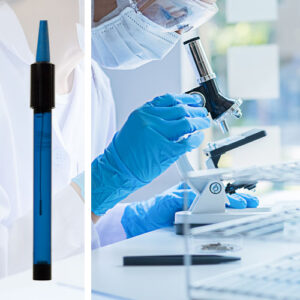Water conductivity range is a crucial parameter when assessing the quality and purity of water in various applications. Moreover, it is a measure of the ability of water to conduct electricity, which is proportional to the quantity of dissolved ions. In this article, we delve into the significance of water conductivity range, explore it for different types of water, and discuss measurement methods.
Importance of Water Conductivity Range
Water conductivity range is a key indicator of water quality standards across diverse industries. Conductivity values are directly proportional to the concentration of ions such as salts, acids, and bases. Because water easily reacts to other substances, conductivity values change constantly. Also, changes in temperature result in variations in conductivity values. Thus, there is a need to monitor it to help identify potential issues and ensure that the quality meets the required standards. Generally, the reporting of water conductivity is in units of microSiemens per centimeter (µS/cm) or megaohms per centimeter (MΩ/cm).
In environmental science, high conductivity may indicate the presence of dissolved salts and other minerals that can affect aquatic ecosystems. On the other hand, low conductivity might suggest a lack of essential ions in water bodies. When it comes to manufacturing, monitoring and controlling water conductivity is vital in cooling systems to prevent corrosion and scale formation in pipes and other equipment. Whereas in agriculture, conductivity influences crop growth, as some plants are sensitive to the mineral content of water. Thus, understanding conductivity values helps farmers make informed decisions about irrigation. Measuring conductivity also serves as a method of interpreting other parameters, such as hardness. Water with conductivity above 840µS/cm is considered hard.
Conductivity Range for Different Types of Water
In industry, it is common to define or associate different types of water based on their conductivity value. When values fall outside the expected range, the water becomes unfit for purpose and requires some form of remediation.
Demineralized Water
Demineralized water, also called demi or DM water, has conductivity values ranging from 0.1 to 1 µS/cm. To achieve this, the water undergoes a purification process to remove its mineral content. This type of water is not ideal for drinking because of the absence of minerals, which are beneficial to human health.
Distilled Water

Distillation entails vaporizing water and condensing it in order to remove both organic and inorganic contaminants. The results are low conductivity values ranging from 1 to 5 µS/cm, thus, making it suitable for various laboratory and industrial applications.
Deionized Water
The deionization process involves passing water through anionic and cationic charge resins to remove inorganic impurities. It is a purification method common in applications where the presence of ions could be detrimental. After the deionization process, conductivity values should be at most 5 µS/cm.
Reverse Osmosis Water
Reverse osmosis, or RO, entails passing water under pressure through a semipermeable membrane to remove contaminants. In comparison to purification methods such as distillation and deionization, it is a less expensive process but produces high conductivity values, usually between 10 and 100 µS/cm.
Drinking Water
Drinking water conductivity should not be so low that it is devoid of necessary minerals for the body. Neither should it be so high, which shows that the water contains a lot of contaminants. Although there is no standard for drinking water conductivity, the EPA recommends a value less than 1000 µS/cm.
Boiler Water

Boilers are critical equipment in applications including heating, power generation, and sterilization, with boiler water conductivity values usually between 2000 and 4000 µS/cm. When conductivity values lie above this range, they can result in scaling or corrosion.
- Scaling: This is the most common problem associated with high conductivity of boiler water. Scaling refers to the buildup of solid materials on metallic enclosures due to their interaction with impurities in the water. The buildup hinders heat transfer in the boiler unit, reduces operation efficiency, and increases fuel consumption.
- Oxygen Corrosion: When oxygen dissolves in feed water and heats up, it reacts with the internal surface of the boiler, which causes corrosive elements to develop. These elements include red iron oxide and hematite. Oxygen corrosion can cause significant damage to piping, boiler headers, and other metallic components of the system over time.
- Acid Corrosion: Acid attack is another aspect of corrosion due to high conductivity, which occurs when pH levels of feed water are less than 8.5. Low pH levels are often due to the formation of carbonic acid as steam condenses from the boiler.
Water at Higher Conductivity Ranges
At higher conductivity ranges than the ones already mentioned, water could still prove useful, as the following table highlights.
| Conductivity Range (µS/cm) | Applications |
| 800 – 2,500 | Useful for irrigation and consumption by all livestock. Although, care must be taken when irrigating salt-sensitive plants, which may require water at lower conductivity values. Also, water at the lower half of this range could still be suitable for human consumption. |
| 2,500 – 10,000 | Not suitable for human consumption and irrigation. However, plants that are very salt tolerant could use water up to 6,000µS/cm. Drinking water for poultry and pigs should also be limited to 6,000 µS/cm. Most other livestock can use up to 10,000 µS/cm. |
| Above 10,000 µS/cm | Water at this conductance level is useful for applications like concrete production and flushing toilets. Generally, it is not suitable for consumption, but beef cattle and adult sheep can tolerate up to 17,000 µS/cm and 23,000 µS/cm respectively. |
Water Conductivity Measurement Equipment
There are several methods available for measuring water conductivity accurately. Before carrying out any measurements, it is necessary to filter out suspended particles or any contaminants that could affect the readings.
- Conductivity Meters: These meters are used in water to measure a variety of parameters, including conductivity, salinity, and pH levels. In the field, portable/handheld probes are preferable, while in laboratories, it is common to find benchtop devices.
- Inline Meters: These serve in continuous monitoring systems where real-time readings on conductivity are necessary. Typically, they are installed at specific positions along a production line where it is suitable to take measurements.
- Electrodes: Conductivity electrodes are generally made of platinum, graphite, or stainless steel and are immersed in water to measure conductivity. The resistance between the electrodes is inversely proportional to the water’s conductivity.




